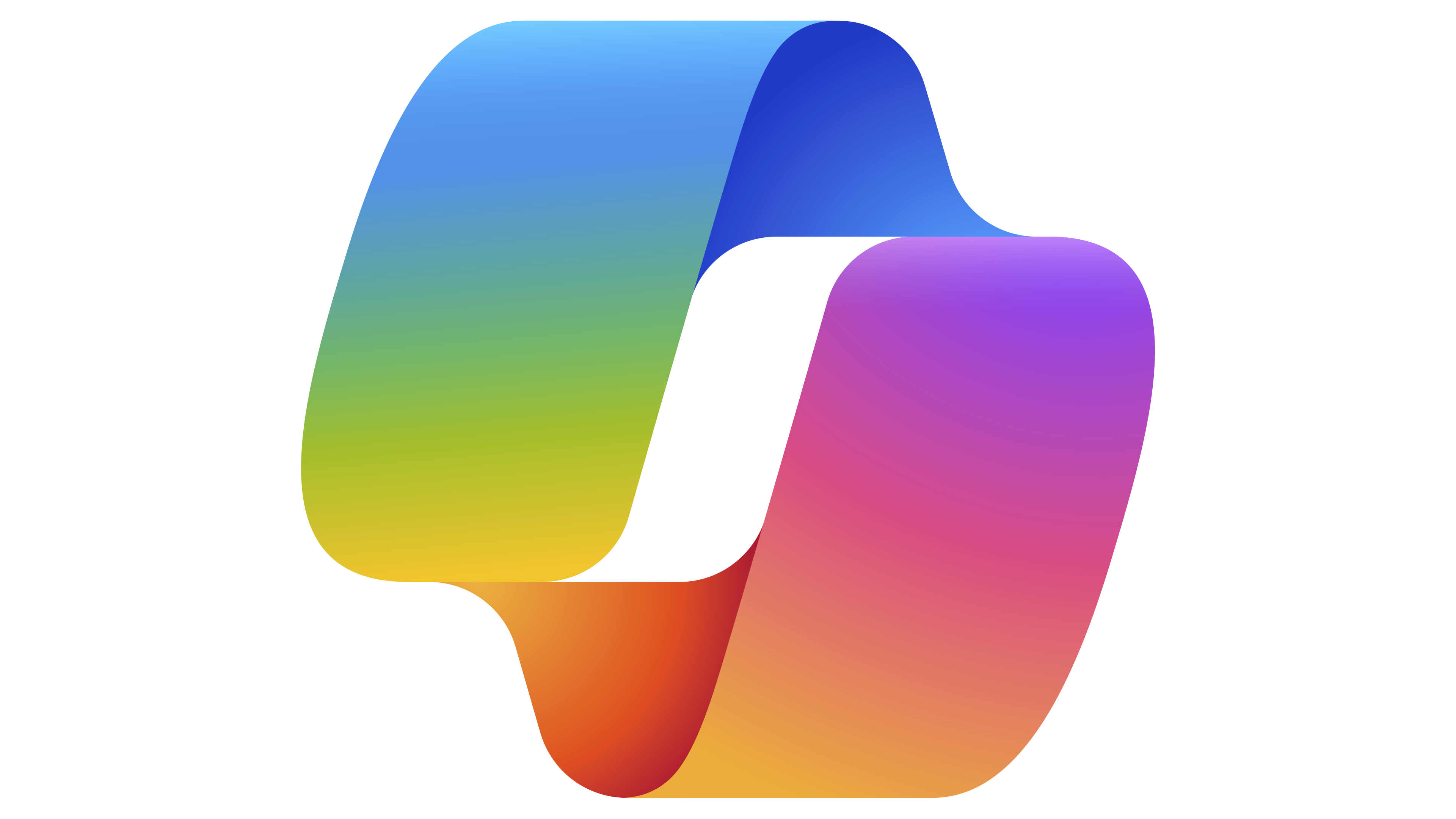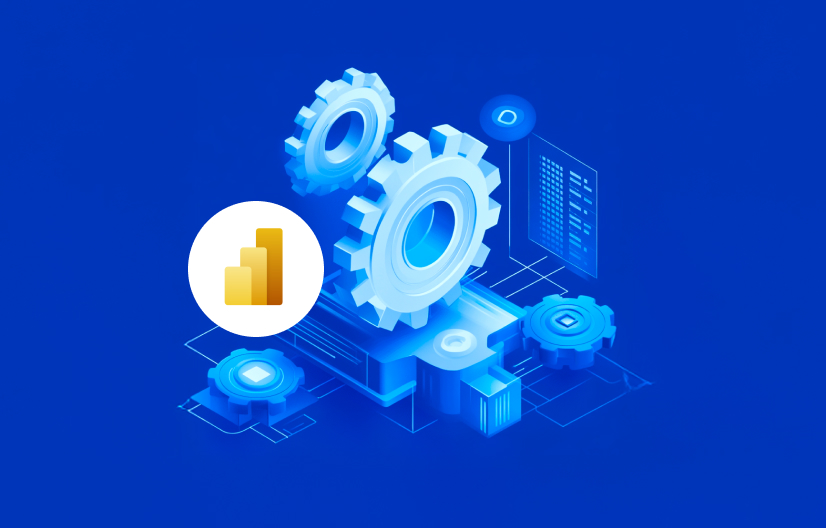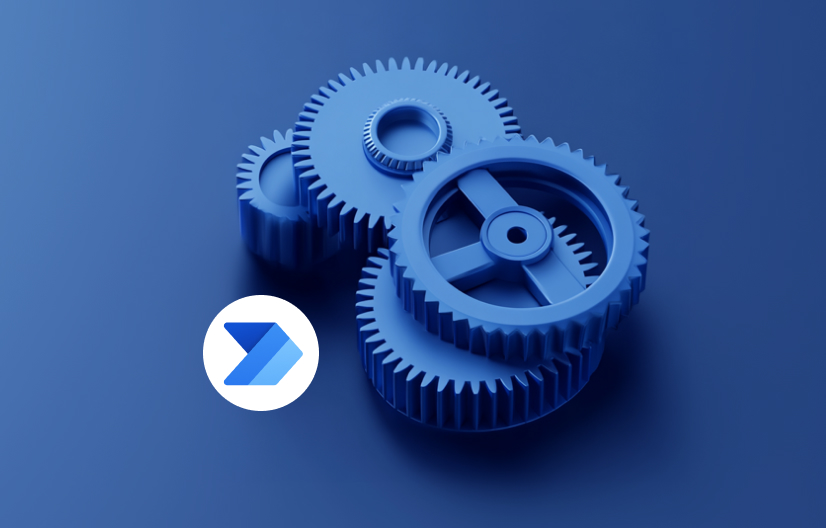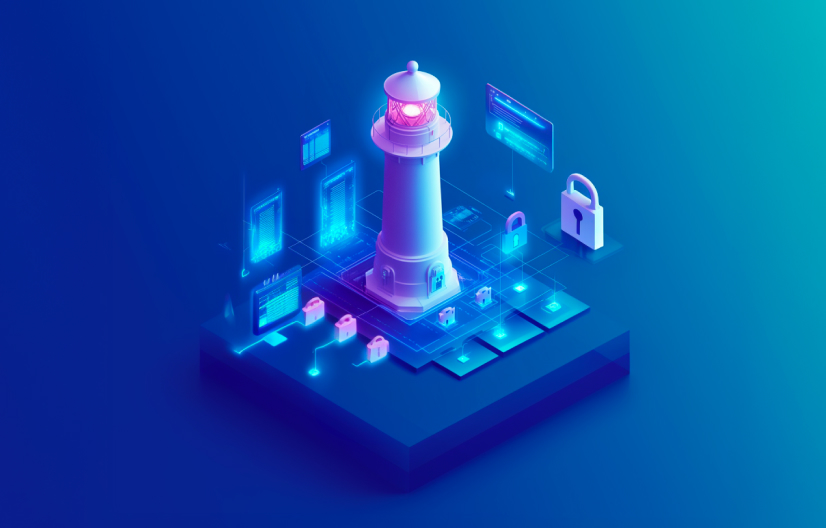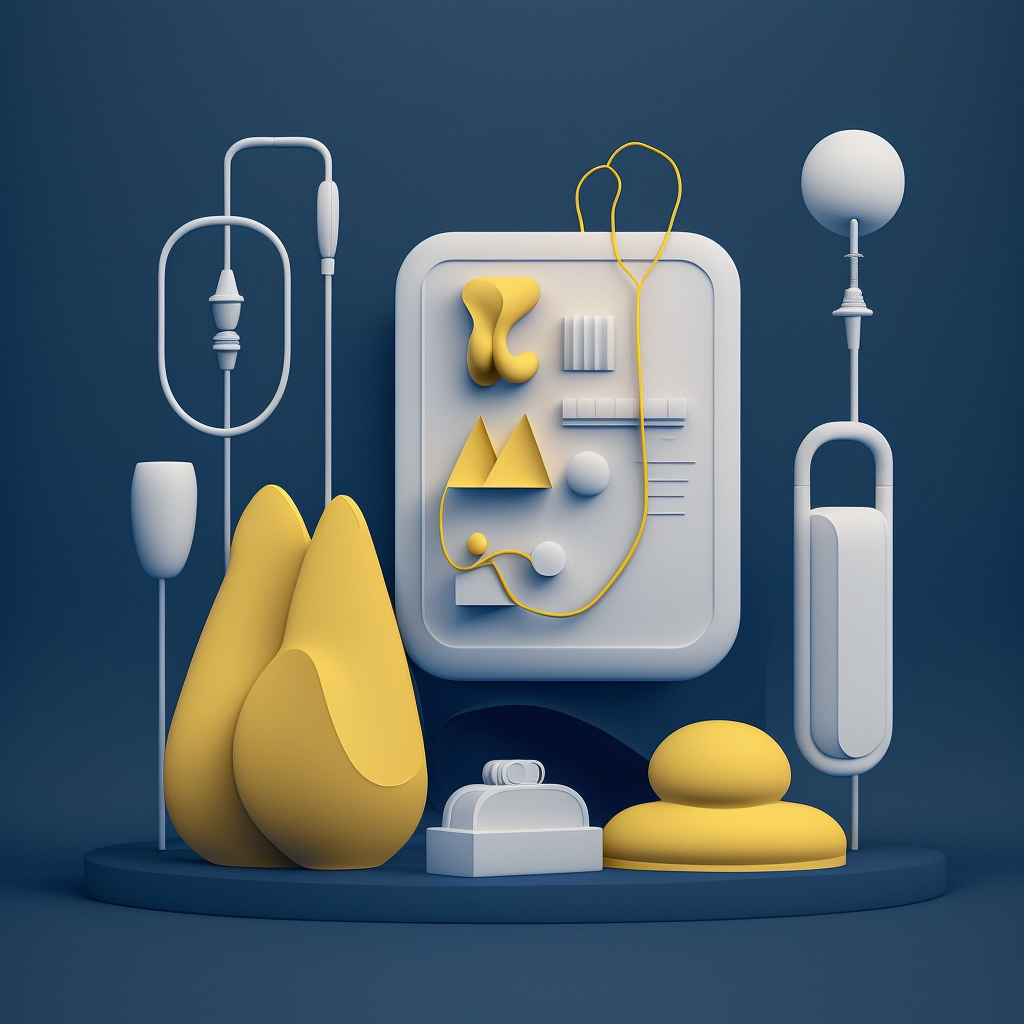
Connected Objects:
Towards Preventive and Reactive Medicine
The democratization of information and communication technologies (IT and NTIC), leads to paradigm shifts in several facets of our lives. Complementary to IT, connected objects represent a set of technologies that are revolutionizing our daily lives, including that of general or specialized medicine. We are witnessing the birth of connected health.
But we must distinguish between specialized health monitoring objects, which have diagnostic, curative or monitoring purposes, and technologies such as smart watches, which allow us to follow the evolution of our physical condition over time (heart rate, weight, etc.). The first are specialized tools designed for very targeted uses. These are very sensitive and certified state-of-the-art technologies. The second set of technologies are connected objects for general public use. Their goal is to offer feedback on certain physical parameters or behavioural traits of users. They contribute to the emergence of a way of life based on the prevention or improvement of the general condition of the user.
Connected objects for medical use
Medical biomonitoring technologies offer healthcare personnel, such as a family doctor or a specialist, tools for monitoring specific medical conditions that help refine diagnoses and accelerate the development of appropriate treatments. These are objects for medical use that have been around for quite a while (think heart monitors). They can now be connected to databases and thus allow healthcare staff to be better informed and more responsive to the specific conditions of their patients. Thanks to these technologies, the patient benefits from a real-time follow-up for the reminder of a treatment intake, the control of the glucose level or the measurement of blood pressure level. The notifications and alerts received (pulse too fast, high blood pressure or high blood sugar levels) allow the patient to quickly notify his doctor.
Connected objects for personal use
Consumer connected objects such as smart watches offer feedback data, according to the principle of “feedback loops.” These technologies help users control their weight, increase their sporting performances or correct certain behaviours (dietary or lifestyle-related). These objects help reinforce or sublimate behaviours using notifications, alerts, performance curves, personalized advice or objectives to be achieved. These new “virtual motivators” provide feedback to users, allowing them to become aware of their habits or follow their level of performance. They are not medical diagnostic tools, but rather monitoring tools to motivate, advise or alert the user about his condition.
We can categorize these new connected technologies according to 3 classes of objects: preventive, diagnostic and curative. These 3 categories of connected objects contribute to the emergence of a preventive but also more reactive medecine. Here are 3 examples.
1. The Smart Watch (prevetion)
Smart watches or biometric tracking devices are enjoying increasing popularity. We live in a performance society. But we also live in an aging society. This popularity is therefore not surprising. Having the opportunity to take charge of your health is priceless in this context. With the support of feedback technologies, which inform us about our performance and guide us towards behaviours that support the management of our physical and mental health, it is easier than ever to improve our health and quality of life. The monitoring and coaching tools are personalized. In addition, the networking options of our activities, the possibility of forming groups for friendly or more serious competitions, act as additional incentives to persevere and maintain a balanced lifestyle.
Sport, meditation, diet or sleep, these tools offer versatility and feedback. This allows individuals to adopt behaviours that help prevent the emergence of diseases or lifestyle conditions (hypertension, heart problems, stress-related illnesses). No matter the brand, smart watches are perfectly suited to modern life. They promote behaviours that will lead to healthy aging and thus reduce the pressure on the healthcare system. The link is not necessarily direct, but the impact of these technologies on the way of life is still considerable.
2. Blood Pressure System (diagnosis)
That said, the last few years have seen more and more tools for frontline patients. One of the connected objects having the greatest impact on the efficiency of the work of doctors is undoubtedly the connected blood pressure monitor. Arterial hypertension (HTA) is an omnipresent chronic pathology in our societies. In Canada, one in four people suffer from it to varying degrees.
This condition can now be better circumscribed and controlled thanks to the connected blood pressure monitor. This specialized monitoring object makes it possible to accumulate crucial data which is then transmitted to the attending physician through a report. The latter can then adapt its monitoring and processing according to the data collected in real time. This connected health tool also makes it possible to prevent the emergence of catastrophic events requiring hospitalization.
3. Connected Glucometer System (curative)
The connected glucometer is one of the best examples of connected objects allowing a patient to be closely monitored while adapting their treatment according to the feedback generated by the system. Diabetes (type A or type B) is a condition that affects nearly 11 million Canadians (diabetes and prediabetes). Acting preventively and curatively is therefore a priority that e-health solutions can fulfill very effectively.
To this end, the use of connected glucometers makes it possible to ensure effective monitoring of the patient’s glucose level and allows the doctor to fully understand the evolution of the pathology and to adapt his curative plan accordingly. Thanks to this technology and the underlying IT infrastructure, patients have access to the evolution of their blood glucose daily and can easily communicate this information to the treating physician. This results in more effective and personalized treatments. At least, we hope so.
Connected Objects, Prevention and Reactive Medicine
We see a world emerging where personal monitoring tools encourage behaviours that promote healthy living. These objects help users adopt behaviours that could prevent the onset of lifestyle-related illnesses. This democratization of monitoring tools leads to the empowerment of individuals. This could contribute to better population health (exercise, diet, sleep) and therefore reduce the pressure on the health system, especially in the context of an aging population. Specialized connected objects, for their part, make up a set of tools that are revolutionizing access to reliable data, making diagnoses more precise and allowing much more reliable monitoring of curative interventions. These examples are set to multiply in the future, which is good news for supporting an aging population.
Final Words
In a preventive or curative way, health monitoring is part of our daily life. Senior citizens are particularly benefiting from the rise of connected objects. Different technologies already exist to help an elderly or sick person think about taking their medication, alert their doctor in the event of a fall, control their heart rate or encourage them to exercise regularly. In short, a real upheaval in habits is taking place. Doctors increasingly recommend the use of certified connected objects, such as glucometers or blood pressure monitors. The continuously quantified results provide precision, which makes it possible to better personalize the follow-up and the diagnosis. Another advantage is that patients can transmit sensitive information to them in real time and without delay, which facilitates risk management and can even avoid hospitalization. We are only at the beginning of the connected health revolution. The use of nanobots opens even broader perspectives in the field and allows us to hope, more than at any other time in history, for healthy aging.









